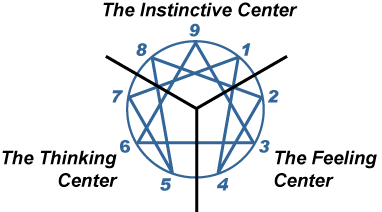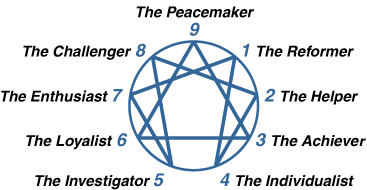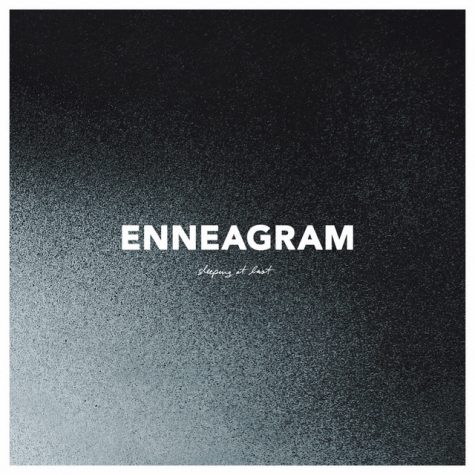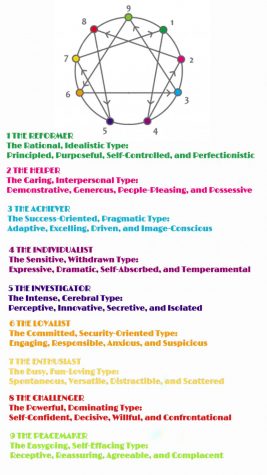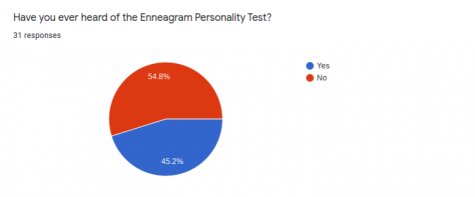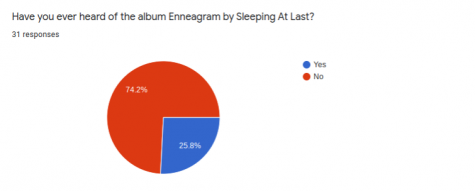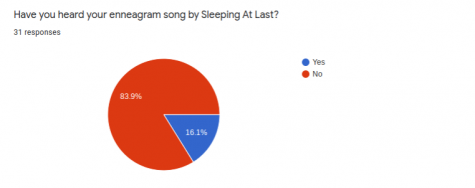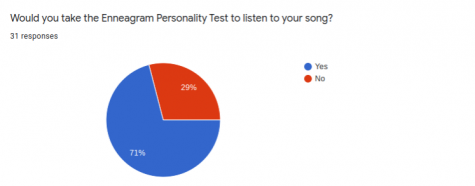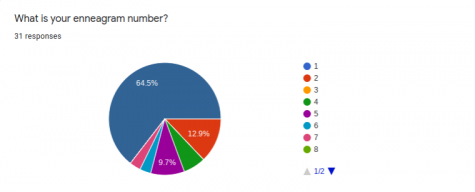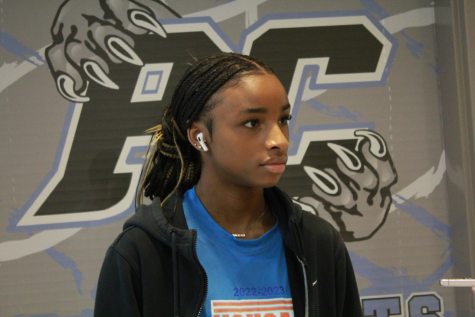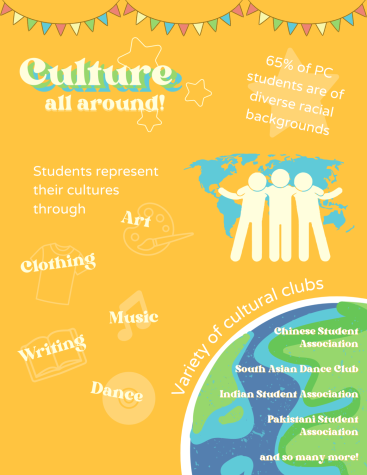Enneagram: The Personality Test for Anyone
The Enneagram is a personality test consisting of nine different basic personality types. These nine categories are labeled by numbers and are divided into three separate groups called the centers.
The centers consist of thinking, instinctive, and feeling. These groups represent the main focuses or common traits and liabilities of the types.
(The 3 centers of the Enneagram chart.)
These three separate groups are also divided into different emotions as well; anger or rage, shame, and fear. These emotions are the general feelings the personality type may wrestle with in life.
PCHS student Aaman Patel is a type two, which means that his typing lies within the “shame” group of the feeling center. When asked about what his number means he said, “I cannot deal with emotions, I ball them all in and I stuff them deep down.” This explanation aligns with his type, and the way it falls within his group in the feeling center, shame is felt about the emotions he feels. On the other hand, Kaleigh Knight, a type four, sees the opposite side of this emotional struggle based on her type. In regards to being a type four, she said “you’re very like emotional, and you’re just kinda like co-dependent but like self-aware.” Type fours are known for being the emotional type, and they tend to have a lot of self-introspection. Unlike type twos who “ball” feelings in, type fours can appear overdramatic which leads to their own shame.
(Enneagram diagram displaying the 9 different personality types.)
The chart created to visually show enneagram not only displays emotions and core values but also the different types’ reactions to growth (directions of integration) and stress (disintegration). This use of the chart is why, in recent times, popularity has grown surrounding the enneagram. Many religious groups have integrated the use of enneagram in order to help people answer questions about themselves. The enneagram answers the fundamental question of “Who am I?” by explaining why someone may do what he or she does. It essentially cracks open a person and analyzes why someone may react to certain things with a lot of emotion or only a little.
Explaining why someone reacts or displays certain actions has not only been useful in religious groups but has also been beneficial in schools and workplace environments. Like many other personality tests, the enneagram can shed light on different roles or positions someone would be the most equipped to do well in.
Ryan O’Neal, frontman of the band Sleeping At Last, has also increased the popularity of the enneagram test through his complex album Atlas: Enneagram. Ryan O’Neal researched each enneagram type in order to see through the same lens the different types see not only themselves through, but also the world.
(The Sleeping At Last, Atlas: Enneagram album cover.)
The album by Sleeping At Last includes a song designated to each of the types and acts as an ode. O’Neal includes metaphors that relate to the feelings and emotions the different types may have with the goal of making a song for the types to relate to and see themselves in. Ryan O’Neal explains, “I did pay attention to making sure that my environment and my aesthetics as I’m recording this song fit the ideas that I’m singing about.”
Ryan O’Neal has a podcast on each of the enneagram types on the Sleeping At Last website and breaks down all of the elaborate pieces he included in making the different enneagram songs. One of the pieces O’Neal decided to include in the music is something he calls “fingerprints.” He reached out to his friends matching the type he would be writing and singing about and had them record noises from their own day to day life. He then found ways to intertwine the sounds into the song as almost “easter eggs” within each of the tracks. He described the choice of sounds as a way of framing the lyrics stating, “I love paying attention to the lyrics in a way that I can kind sort of underline certain words with instrumentations, sort of mirror the ideas in the words through the instrumentation.”
Along with a breakdown of the songs, Ryan O’Neal also talks with enneagram coach Chris Heuertz to further explain the types and the goal of the enneagram and how to use it to its full potential.
Although at times the analysis of the types may seem harsh or rash, the enneagram is not meant to just be a stamp placed on people. Chris Heuertz does a good job of explaining this on the Sleeping At Last podcast when discussing George Gurdjieff’s revival of the enneagram. “He rediscovered this as a process tool, not a way of typing people or profiling people.”
Chris Heuertz summarized best what the enneagram means and its importance to people. The enneagram allows people to look into themselves and understands the roles they play in life and the reason why they do. Enneagram is not meant to fit people into more boxes but to allow people, highschoolers, workers, teachers, anyone who is willing, to look inward and understand.
“What we’re looking at here is our ability to have emotional objectivity and mental clarity.”


